This article was medically reviewed by Eric Christensen, DPT. Eric Christensen is a Physical Therapist based in Chandler, Arizona. With over a decade of experience, Eric works in both orthopedic and neurological fields and specializes in custom orthotic prescription and casting, vestibular reprogramming, and manual therapy. He holds a Bachelor’s degree in Exercise Science with a focus in Sports Medicine from Colorado State University and a Doctor of Physical Therapy from Regis University. In practice, Eric takes a developmental approach to rehabilitation utilizing the Selective Functional Movement Assessment. He uses functional movement patterning and manual therapy to return patients to prior levels of function.
wikiHow marks an article as reader-approved once it receives enough positive feedback. In this case, 100% of readers who voted found the article helpful, earning it our reader-approved status.
This article has been viewed 40,658 times.
Carpal tunnel release surgery is done as a last-resort treatment for carpal tunnel syndrome that has failed to improve via more conservative methods. Surgery can lead to great improvement or a cure of the condition. However, there are also risks associated and a lengthy recovery time. Recovery usually takes several weeks to several months; it requires dedication to a physiotherapy program to help strengthen and heal your wrist and hand following surgery.[1]
Steps
Recovering in the Short Term
-
1Know that you will most likely be sent home shortly after surgery.[2] A carpal tunnel release surgery is generally done as an "outpatient procedure," meaning that you show up during the day, receive the surgery, and are sent home the same day. It is very rare that anyone would need to stay overnight, or be officially admitted for a hospital stay, for this surgery. Therefore, excluding unforeseen complications, you can expect to be sent home on the same day.
-
2Wear a bandage or splint after surgery.[3] For approximately one week following the procedure (or for however long your surgeon advises), you will need to wear a bandage or splint. The nurse (or the surgeon) will put this on prior to you leaving the hospital. The purpose is to keep your wrist and hand properly aligned during the initial healing stages.
- Your doctor will ask you to return for a follow-up visit approximately one week later.
- At this time, she will assess your initial healing, and will most likely remove the bandage or splint.
- She will also provide you with further instructions regarding what to expect with your recovery moving forwards.
Advertisement -
3Use ice as needed.[4] Studies examining the use of ice following surgery have had conflicting results, meaning that some patients noticed a difference in their pain levels while others did not. You can try icing for 10–20 minutes at a time as a strategy for pain relief in the days following surgery. It may help to control pain, and also to diminish swelling (inflammation) in the area.[5]
-
4Consider pain medication.[6] You can start with over-the-counter pain medications as needed, such as Acetaminophen (Tylenol) or Ibuprofen (Advil). Follow the dosing on the bottle or your doctor's instructions. For many people, this is sufficient; however, if you find the pain is still bothering you and interfering with your daily function, you can speak to your physician about receiving prescription strength pain medication.[7]
- The pain should begin to subside a few days to a week or so after surgery.
- If your pain is worsening and not improving, contact your physician. Tell him what is going on, and he will determine whether or not you need to come in sooner than a routine follow-up.
-
5Know which complications to look out for.[8] As you heal, it is important to be on the lookout for any potential complications that may arise following surgery. Things to be aware of include:
- Pain that steadily increases, rather than decreases, following surgery.
- A fever and/or redness, swelling, and discharge from the area that was operated on. Any of these may be signs of an infection.
- Bleeding from the surgical site — this is abnormal and will require evaluation from your doctor.
- If you notice any of the complications above, contact your doctor to check in and to treat any complications as needed.
-
6Quit smoking.[9] If you are a smoker and have been contemplating quitting, now is the time to do so. Smoking has been shown to interfere with healing, including potentially interfering with optimal healing after surgery. If you want to give your wrist and hand the best shot at full healing following a carpal tunnel release surgery, quitting smoking can help with this (not to mention the numerous other health benefits it provides).
- If you are interested in quitting smoking, speak to your family doctor who can help you with this.
- There are a variety of medications available that can help to tame your cigarette cravings.
- There are also nicotine replacement options that can substitute for the nicotine you used to get from cigarettes, as you begin a smoking cessation program.
- Ideally, you would quit smoking at least four weeks before receiving the surgery. However, quitting at any time is beneficial and will help with the healing process.
Recovering in the Long Term
-
1Begin a physical therapy rehabilitation program.[10] This will consist of motions and exercises that improve the mobility of your wrist and hand. The rehabilitation program will also focus on strengthening the muscles needed for you to regain function of your wrist and hand moving forwards.[11]
- Physiotherapists are specifically trained to help you maximize muscular strength and joint mobility in your carpal tunnel region, so adhering to the program they design for you will play an important role in determining how well you recover from surgery.
-
2Adjust your duties at work as needed.[12] When you are in the midst of recovering, you want to avoid stressing or straining your wrist and hand by doing the same activities that triggered carpal tunnel syndrome in the first place. For instance, if you normally work a desk job that involves a lot of typing, it is important to know that typing with your injured hand and wrist will likely worsen healing and not help it (until you are far enough along in the recovery stages).
- Ask your boss if you can switch to something that does not involve excessive wrist and/or hand movement while you recover.
- Alternatively, if you cannot switch jobs, you may need to opt for typing slowly with one hand in order not to exacerbate your injury, and to help with recovery. Consider using a trackball or trackpad instead of a mouse while recovering as these put less pressure on the wrist when used.
- If you have coverage, you may opt for a short-term leave from work while you recover so that your job does not negatively interfere with the healing process.
- Patients are often advised to take at least one week off prior to resuming desk duties, and more for forms of work where the type of labor puts more strain on their wrist or hand. Return-to-work expectations vary significantly depending upon your type of employment.[13]
-
3Be aware of your expected prognosis.[14] It normally takes several weeks to several months to recover fully from a carpal tunnel release surgery. In most cases, the results are good if the surgery went well (if there were issues during surgery, that is another consideration altogether and your surgeon will discuss this with you on a case-by-case basis). Assuming your surgery was successful and free of complications, and that you follow the proper protocols for recovery, you can expect an overall improvement in function after the surgery.
- There is one medical study that has been done to follow up with patients approximately five years after carpal tunnel release surgery.
- In this study, just over 50% of patients reported a slight return of symptoms after two or more years; however, for almost all of them, the return of symptoms was mild and not bothersome enough to seek further medical attention.[15]
-
4Know what to do if your symptoms return.[16] If you notice a return of painful and bothersome symptoms following your carpal tunnel release surgery, or if your symptoms simply fail to improve with surgery, it is important to see your doctor again. It is possible that carpal tunnel syndrome was the wrong diagnosis, and that there is in fact something else going on. If the diagnosis was correct, your doctor can perform tests to see if repeat surgery is indicated, or if alternative methods of pain control such as an injection may be more beneficial in your case.
- The best course of action is highly variable from case to case, so it is important to see your physician sooner rather than later if you are suffering from ongoing pain.
Expert Q&A
-
QuestionWhat should I do after carpal tunnel surgery?
 Eric Christensen, DPTEric Christensen is a Physical Therapist based in Chandler, Arizona. With over a decade of experience, Eric works in both orthopedic and neurological fields and specializes in custom orthotic prescription and casting, vestibular reprogramming, and manual therapy. He holds a Bachelor’s degree in Exercise Science with a focus in Sports Medicine from Colorado State University and a Doctor of Physical Therapy from Regis University. In practice, Eric takes a developmental approach to rehabilitation utilizing the Selective Functional Movement Assessment. He uses functional movement patterning and manual therapy to return patients to prior levels of function.
Eric Christensen, DPTEric Christensen is a Physical Therapist based in Chandler, Arizona. With over a decade of experience, Eric works in both orthopedic and neurological fields and specializes in custom orthotic prescription and casting, vestibular reprogramming, and manual therapy. He holds a Bachelor’s degree in Exercise Science with a focus in Sports Medicine from Colorado State University and a Doctor of Physical Therapy from Regis University. In practice, Eric takes a developmental approach to rehabilitation utilizing the Selective Functional Movement Assessment. He uses functional movement patterning and manual therapy to return patients to prior levels of function.
Physical Therapist Try to create the best natural healing environment for yourself as possible. Your goal is to promote circulation, decrease inflammation, and get fluid circulating so new nutrients get in and waste products get out.
Try to create the best natural healing environment for yourself as possible. Your goal is to promote circulation, decrease inflammation, and get fluid circulating so new nutrients get in and waste products get out. -
QuestionWhat do I need to stretch after carpal tunnel surgery?
 Eric Christensen, DPTEric Christensen is a Physical Therapist based in Chandler, Arizona. With over a decade of experience, Eric works in both orthopedic and neurological fields and specializes in custom orthotic prescription and casting, vestibular reprogramming, and manual therapy. He holds a Bachelor’s degree in Exercise Science with a focus in Sports Medicine from Colorado State University and a Doctor of Physical Therapy from Regis University. In practice, Eric takes a developmental approach to rehabilitation utilizing the Selective Functional Movement Assessment. He uses functional movement patterning and manual therapy to return patients to prior levels of function.
Eric Christensen, DPTEric Christensen is a Physical Therapist based in Chandler, Arizona. With over a decade of experience, Eric works in both orthopedic and neurological fields and specializes in custom orthotic prescription and casting, vestibular reprogramming, and manual therapy. He holds a Bachelor’s degree in Exercise Science with a focus in Sports Medicine from Colorado State University and a Doctor of Physical Therapy from Regis University. In practice, Eric takes a developmental approach to rehabilitation utilizing the Selective Functional Movement Assessment. He uses functional movement patterning and manual therapy to return patients to prior levels of function.
Physical Therapist Do some mobilizing exercises to get your wrist joints moving a bit better. Also, take some time to stretch the muscles in your forearm—you can even roll a golf or lacrosse ball over your arms to release some of the tighter muscles.
Do some mobilizing exercises to get your wrist joints moving a bit better. Also, take some time to stretch the muscles in your forearm—you can even roll a golf or lacrosse ball over your arms to release some of the tighter muscles.
References
- ↑ https://myhealth.alberta.ca/Health/aftercareinformation/pages/conditions.aspx?hwid=ug3907
- ↑ http://www.hopkinsmedicine.org/healthlibrary/test_procedures/orthopaedic/carpal_tunnel_release_135,29/
- ↑ https://myhealth.alberta.ca/Health/aftercareinformation/pages/conditions.aspx?hwid=ug3907
- ↑ https://myhealth.alberta.ca/Health/aftercareinformation/pages/conditions.aspx?hwid=ug3907
- ↑ Eric Christensen, DPT. Physical Therapist. Expert Interview. 29 June 2021.
- ↑ https://myhealth.alberta.ca/Health/aftercareinformation/pages/conditions.aspx?hwid=ug3907
- ↑ Eric Christensen, DPT. Physical Therapist. Expert Interview. 29 June 2021.
- ↑ http://www.hopkinsmedicine.org/healthlibrary/test_procedures/orthopaedic/carpal_tunnel_release_135,29/
- ↑ http://www.hopkinsmedicine.org/healthlibrary/test_procedures/orthopaedic/carpal_tunnel_release_135,29/
- ↑ http://www.hopkinsmedicine.org/healthlibrary/test_procedures/orthopaedic/carpal_tunnel_release_135,29/
- ↑ Eric Christensen, DPT. Physical Therapist. Expert Interview. 29 June 2021.
- ↑ http://www.carpal-tunnel.net/treatments/surgery
- ↑ https://www.ncbi.nlm.nih.gov/pmc/articles/PMC6140994/
- ↑ http://www.carpal-tunnel.net/treatments/surgery
- ↑ http://www.carpal-tunnel.net/treatments/surgery
- ↑ http://www.carpal-tunnel.net/treatments/failure

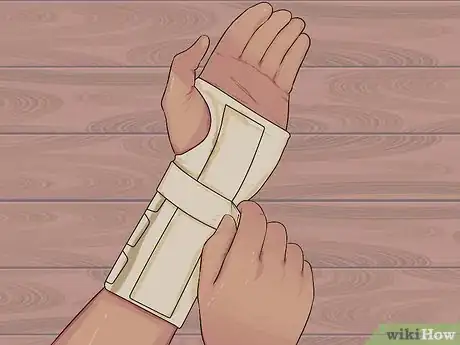
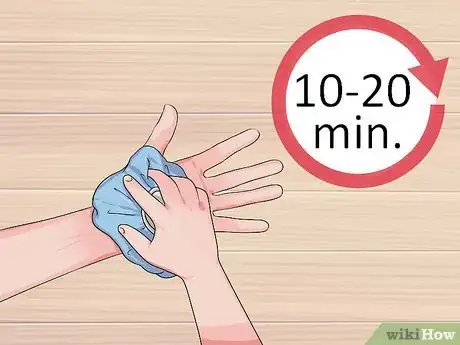


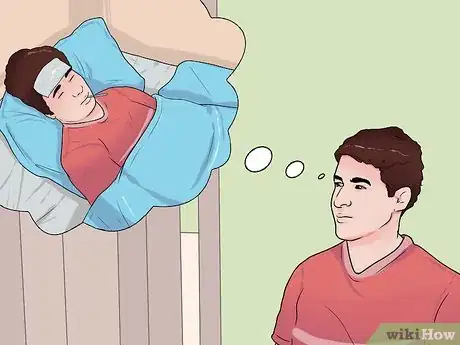
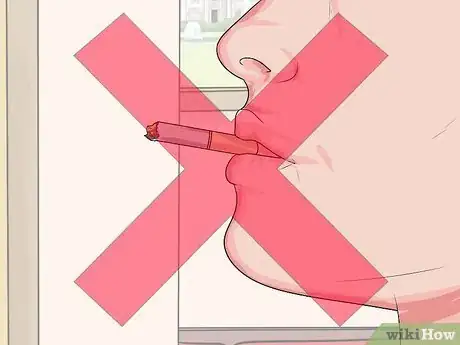
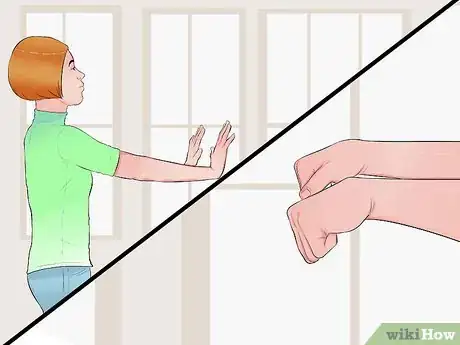
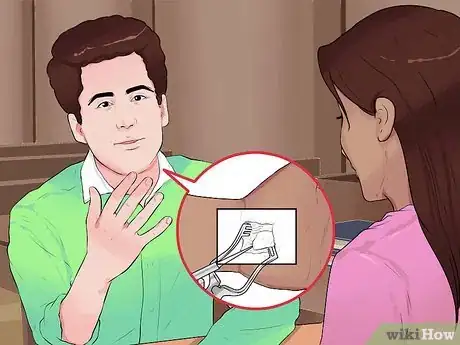

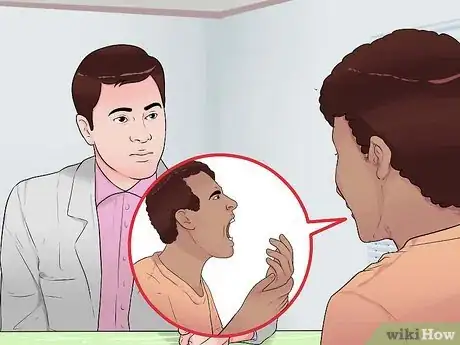



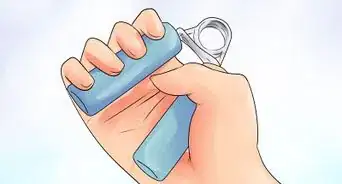



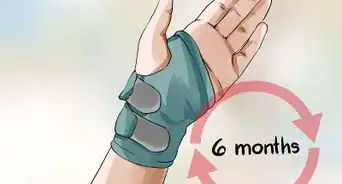
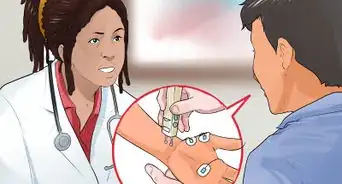











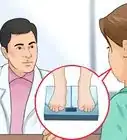

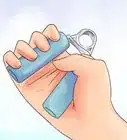




































Medical Disclaimer
The content of this article is not intended to be a substitute for professional medical advice, examination, diagnosis, or treatment. You should always contact your doctor or other qualified healthcare professional before starting, changing, or stopping any kind of health treatment.
Read More...